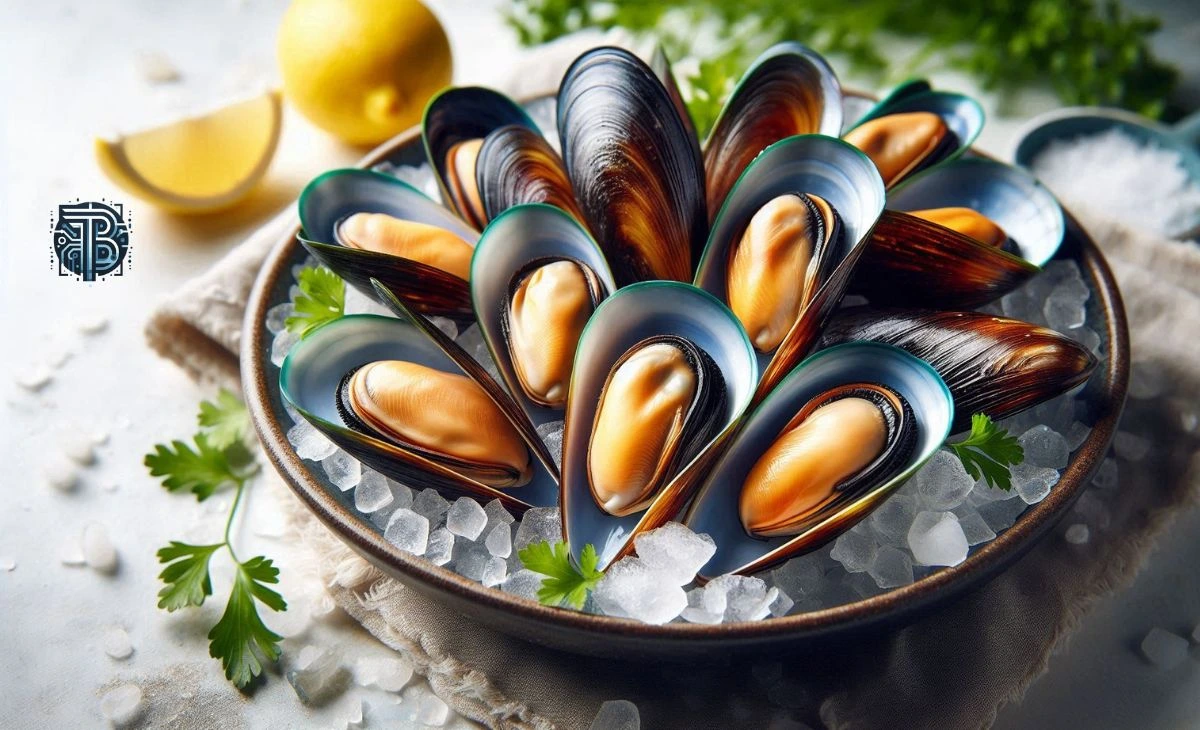
Newsletter Subscribe
Enter your email address below and subscribe to our newsletter

Enter your email address below and subscribe to our newsletter

Can you eat mussels raw? The question pops up often among seafood lovers who’ve encountered everything from raw oysters to sashimi. Yet, when it comes to mussels, it can be a bit more complicated.
Picture this: a friend dares you to try a mussel straight from the shell—no cooking, no seasoning, just raw. While it sounds adventurous, you’re left wondering, is it actually safe to eat mussels this way? This is a scene many seafood fans face, curious about whether this delicacy can be enjoyed in its most natural state.
As it turns out, there’s a reason why so many people want to know about eating mussels raw. For some, it’s about experiencing that fresh, ocean-like flavor. For others, it’s inspired by traditional dishes that feature raw shellfish. Knowing the safety and flavor of raw mussels can help you decide. So, you can try them or stick with the classic steamed version.
For those who love raw seafood, mussels offer a thrill. They are both adventurous and traditional. But why exactly do some seafood enthusiasts opt to eat mussels raw, and what makes them such a sought-after delicacy in some parts of the world?
One big factor is the flavor. Raw mussels offer a fresh, salty taste, unmatched by cooked ones. Cooked mussels become softer and richer in flavor. However, raw mussels provide a pure, slightly salty essence, making you feel connected to the sea. This unfiltered taste draws fans of fresh shellfish. It’s similar to the appeal of raw oysters, clams, or sashimi, which are also loved for their oceanic flavors.
Raw mussels appear in dishes worldwide, like Italy’s crudo and some Japanese sashimi. These dishes showcase seafood in its natural state. This method keeps mussels firmer, offering a satisfying bite not found in cooked versions. For raw shellfish lovers, mussels provide a refreshing twist, enhancing the seafood experience.
Eating raw mussels can be a unique experience, but it’s essential to know the safety concerns that come along with it. Raw mussels, unlike cooked ones, carry bacteria and toxins. Cooking kills these harmful organisms. However, raw mussels can contain *Vibrio parahaemolyticus* or *Norovirus*. They may also have toxins that cause shellfish poisoning. This is especially true if the mussels are poorly harvested or handled.
This is why the freshness and origin of mussels are so critical. Mussels from clean, controlled waters are safer. Vendors follow strict rules for harvesting, storing, and transporting. This reduces health risks. So, it’s wise to pay more for quality, trustworthy seafood when eating mussels raw.
Buying Tips for Safe Mussels: When shopping, choose vendors known for cleanliness and freshness. Good mussels have closed, undamaged shells and a faint ocean smell, not a fishy one. Ask your fishmonger about the harvest time, and steer clear of old mussels. These steps ensure a safe, enjoyable raw mussel experience.

Selecting safe mussels to eat raw isn’t just about finding the best quality; it’s about knowing what to look for to ensure they’re truly fresh and ready to eat. Here are some key steps and indicators to help you pick the safest mussels:
Signs of Bad Mussels to Avoid: Pay attention to shells that are cracked, broken, or open, as well as any unusual odors. Mussels with dry or slimy shells are likely past their prime and should be avoided. Being picky at the seafood counter isn’t just about flavor; it’s about your safety, too.
Ready to try raw mussels? Prepping them at home can be simple with a few straightforward steps to ensure they’re clean and ready to eat.
Look to coastal cuisines for inspiration on serving raw mussels. They treat this seafood delicacy in unique ways. Italian crudo and Japanese sashimi are popular styles. They highlight raw shellfish in the freshest, most flavorful way.
Feeling unwell after eating raw mussels? It’s rare but not impossible. Here’s what to look out for and what to do:
Raw mussels can enhance your seafood experience with their unique taste. However, it’s crucial to prioritize freshness and safety. By selecting fresh, high-quality mussels and preparing them correctly, you can enjoy this delicacy safely. So, if you’re ready to try raw mussels, follow these tips and experiment with confidence!
It’s not recommended to eat mussels directly from the ocean. While they might look fresh, wild mussels can carry bacteria, parasites, and pollutants from the water. It’s best to get mussels from a reputable seafood market, where they’ve been inspected and stored safely.
Fresh mussels have tightly closed shells or will close when tapped. They should smell like the ocean, not fishy. Avoid mussels with cracked shells or a strong, off smell—these are signs they’re past their prime.
Farmed mussels are often safer than wild ones since they’re grown in controlled, clean environments. Many farms follow strict health guidelines, which reduces the risk of harmful bacteria or toxins. Always confirm their freshness and source before eating them raw.
There is always a small risk of illness from eating raw mussels due to bacteria or toxins that may be present. Following safety tips can lower the risk. Choose fresh, high-quality mussels from reputable sources.